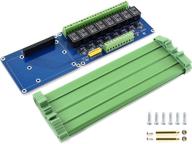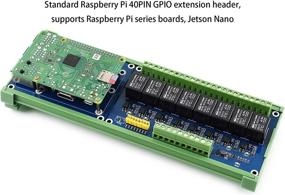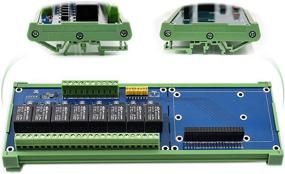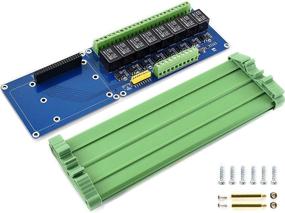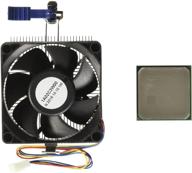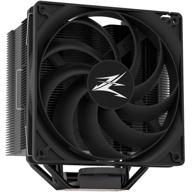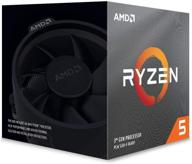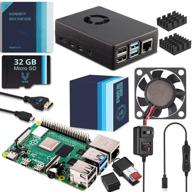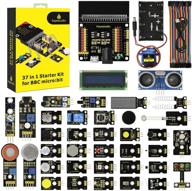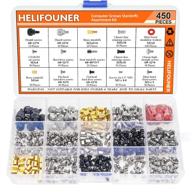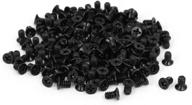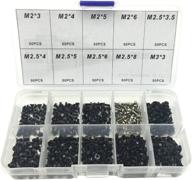Description of 8 Channel Relay Module Board For Raspberry Pi 4B/3B+/3B/2B/A+/B+/Zero
Standard Raspberry Pi 40PIN GPIO extension header, supports Raspberry Pi series boards, Jetson Nano. High quality relays, loads up to 5A 250V AC or 5A 30V DC. Photo coupling isolation, prevent interference from high voltage circuit. Standard rail mount bottom case. Onboard LEDs for indicating relays status. Relay control pin selection jumper, allows to control the relays by custom pins other than the default pins. Reserved control Interface, allows to work with controllers like PLC. Power supply voltage: 5V. Trigger signal: 3.3V/5V. Relay channels: 8-ch. Contact form: SPDT-NO,NC. Closed current: 6mA (per channel). Connector: screw terminal block. Dimension: 232 × 72 (mm). Mounting hole size: 3.0mm.


